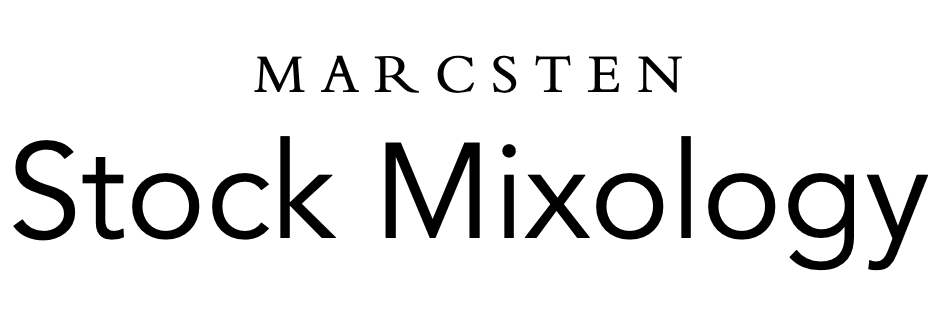To obtain a Sharpe Ratio, first subtract the risk-free rate from the return of the portfolio. The risk-free rate could be a U.S. Treasury rate or yield, such as the one-year or two-year Treasury yield.
Then, divide the result by the standard deviation of the portfolio’s excess return. The standard deviation helps to show how much the portfolio’s return deviates from the expected return. The standard deviation also sheds light on the portfolio’s volatility.
Sharpe Ratios above 1.00 are generally considered “good”, as this would suggest that the portfolio is offering excess returns relative to its volatility. Having said that, investors will often compare the Sharpe Ratio of a portfolio relative to its peers. Therefore, a portfolio with a Sharpe Ratio of 0.75 might be considered good if the benchmark has a Sharpe Ratio of 0.42, like the S&P 500 has had since 2000.




Leave a Reply
Say something nice